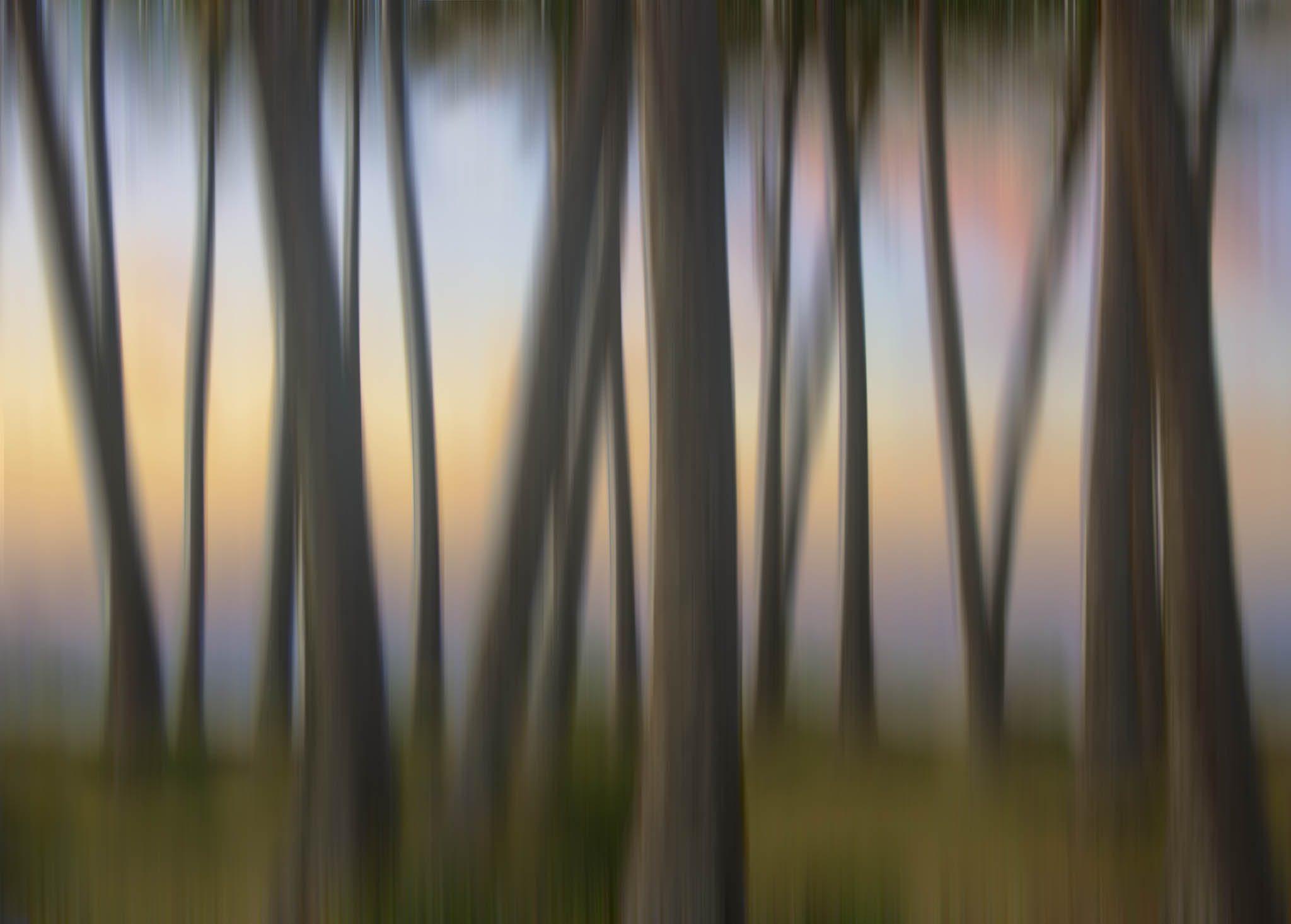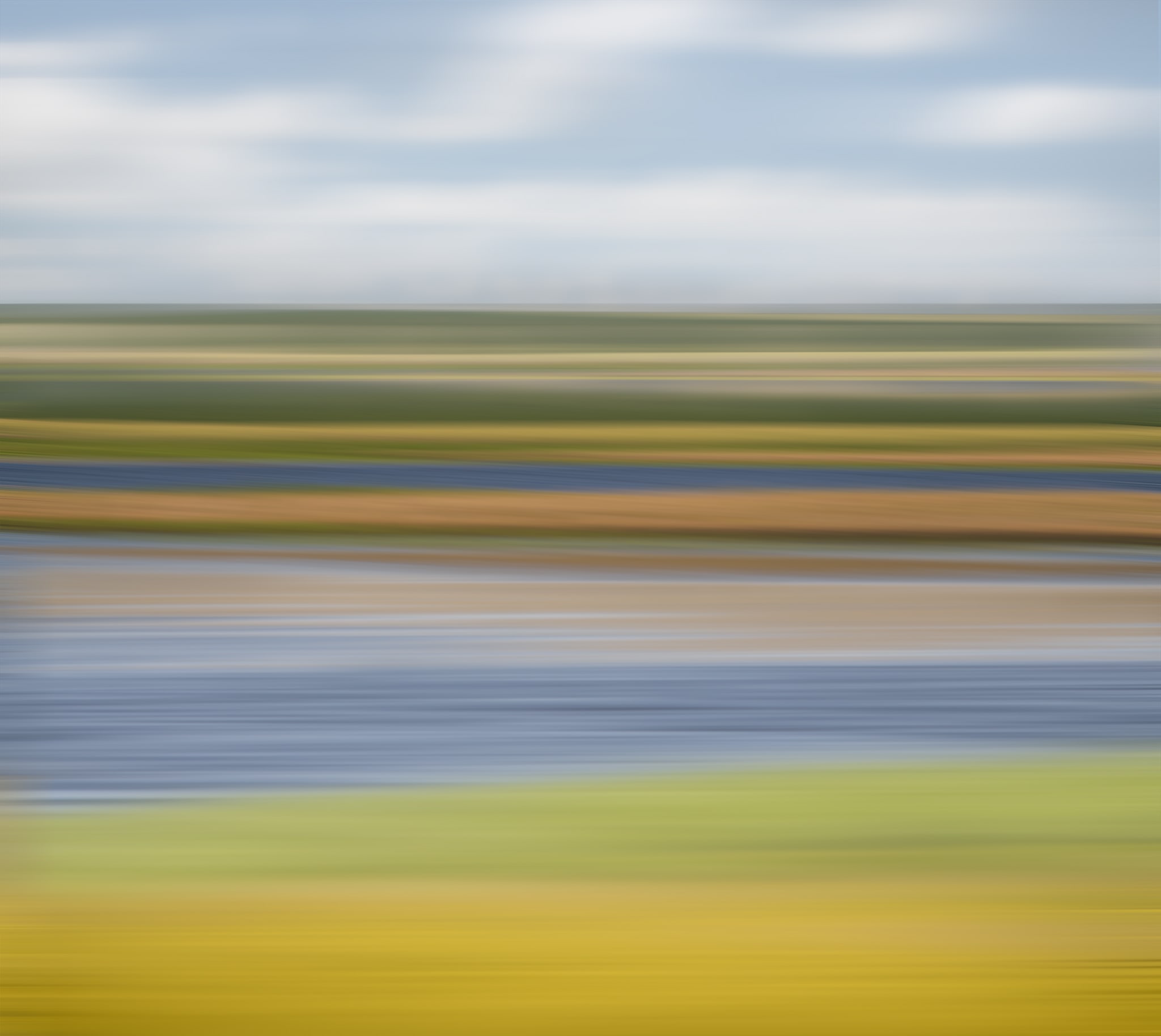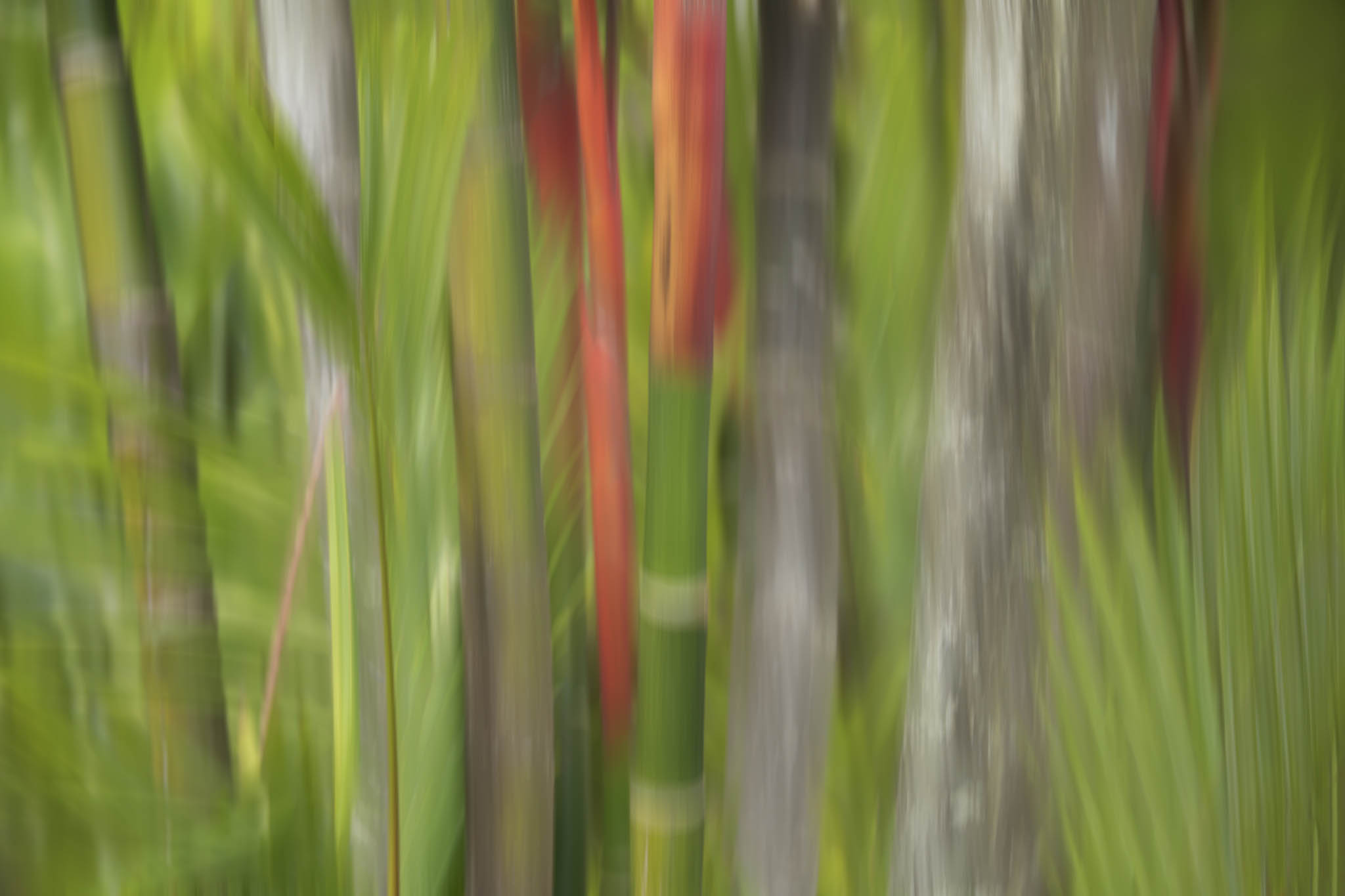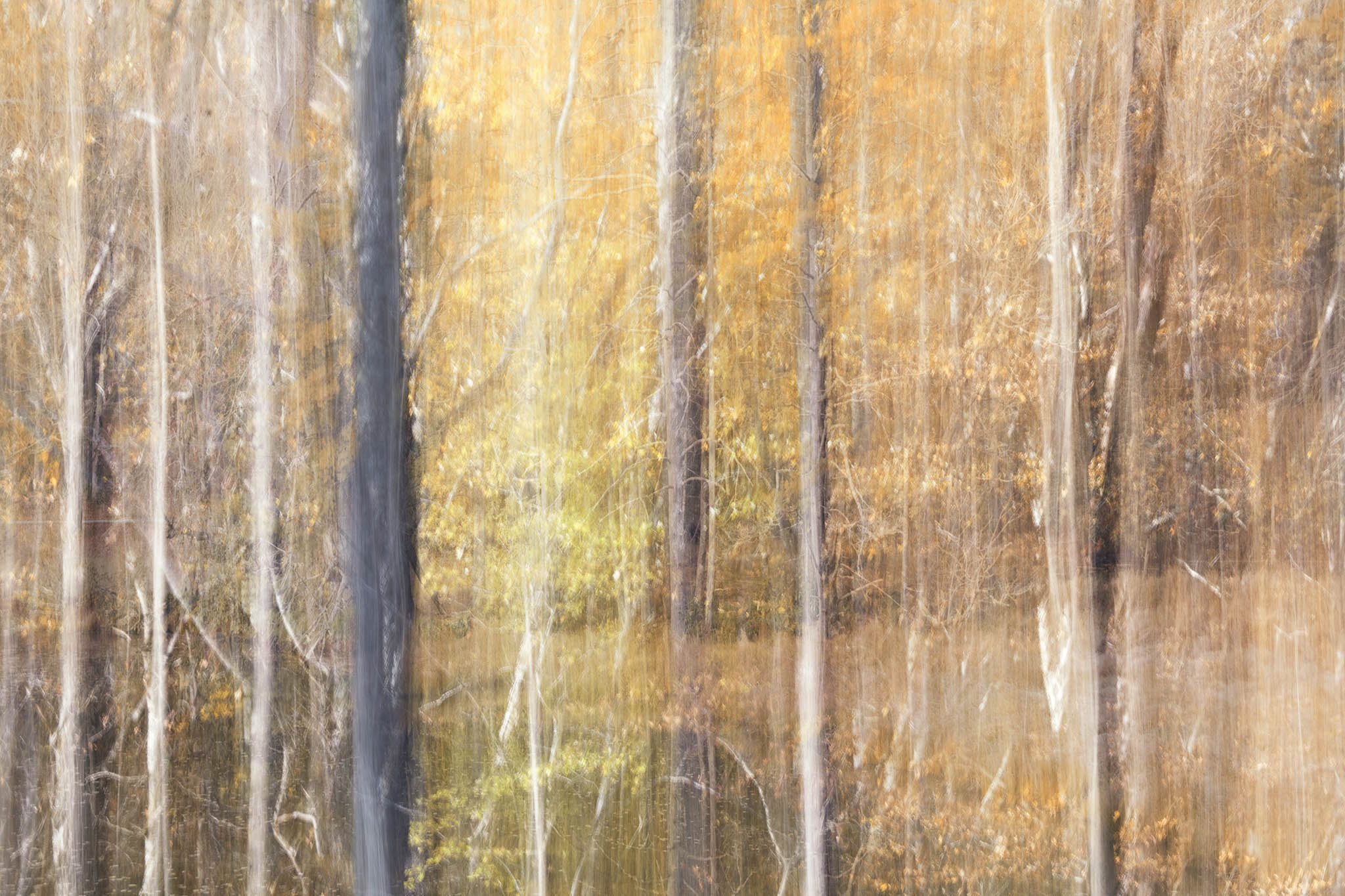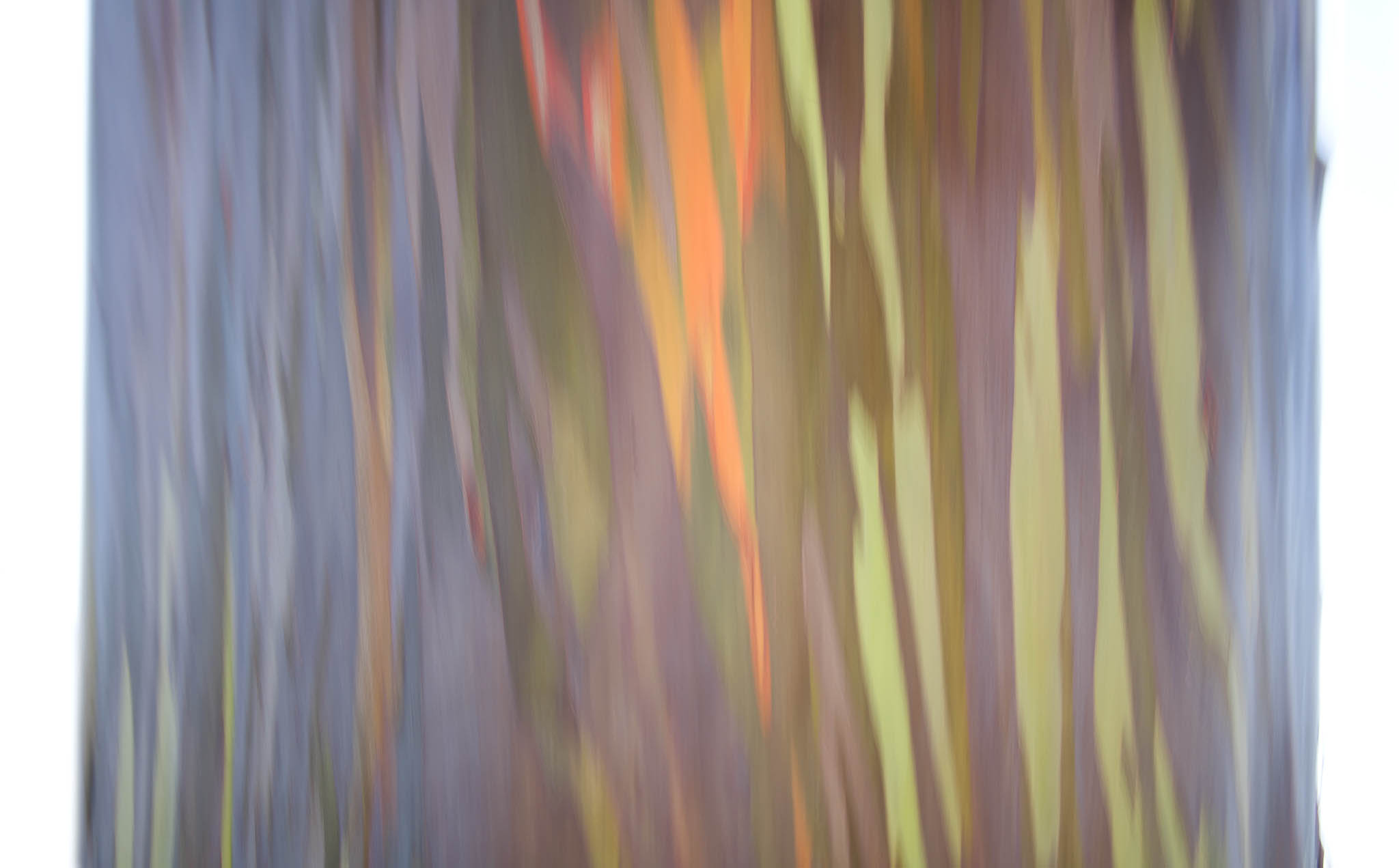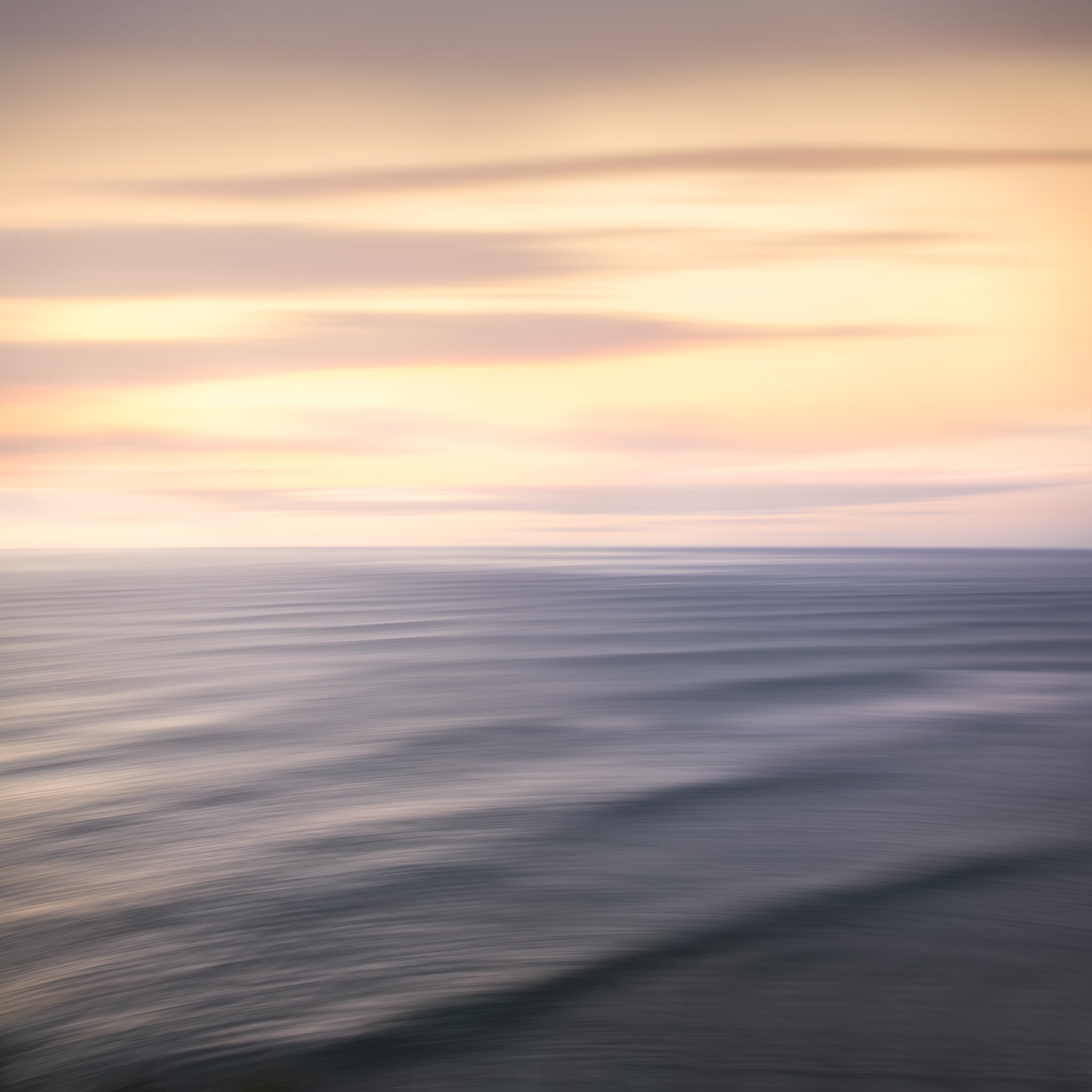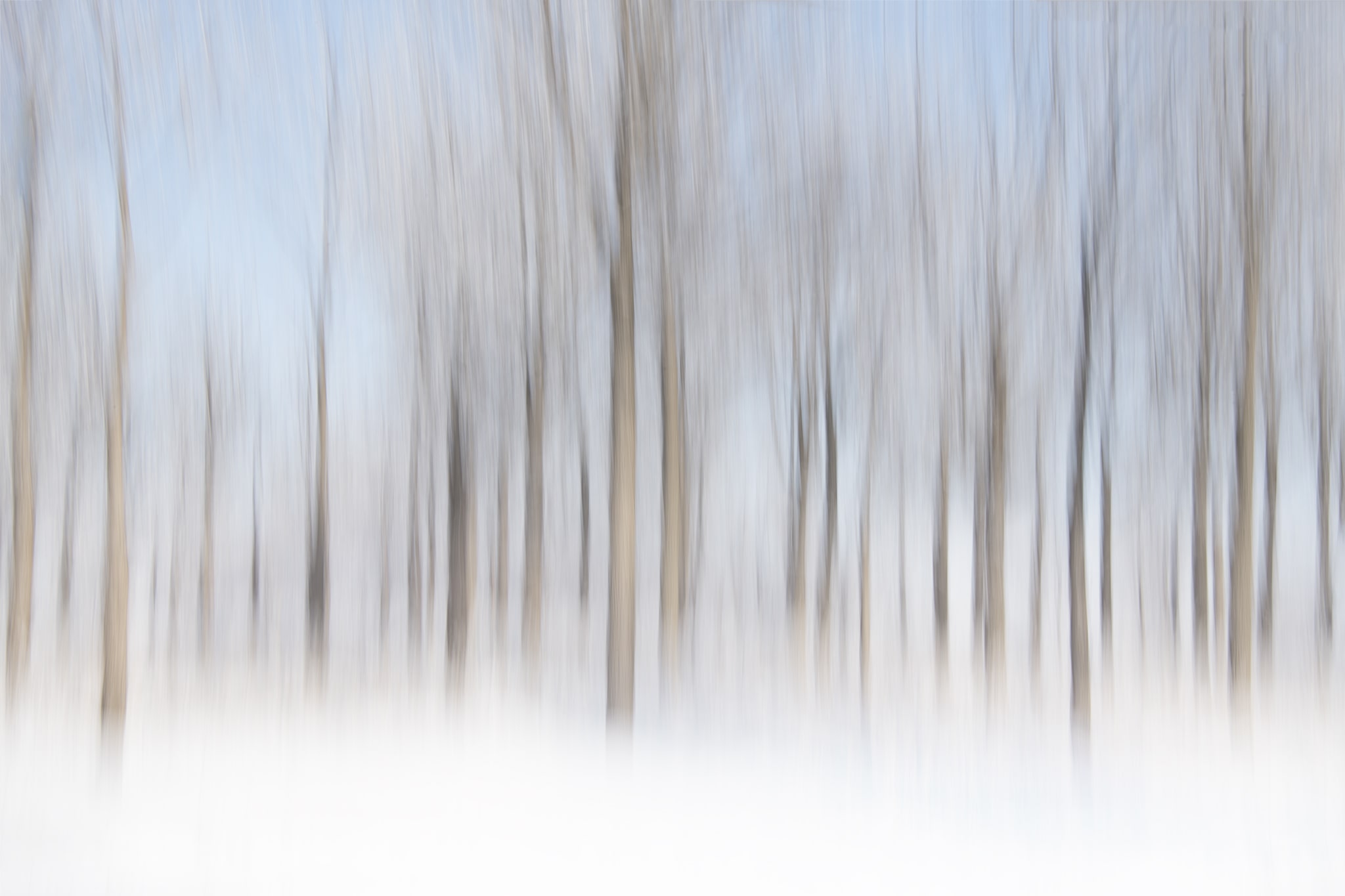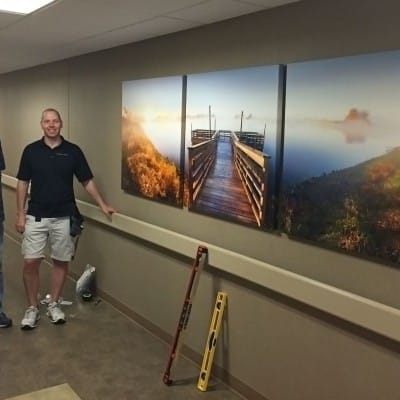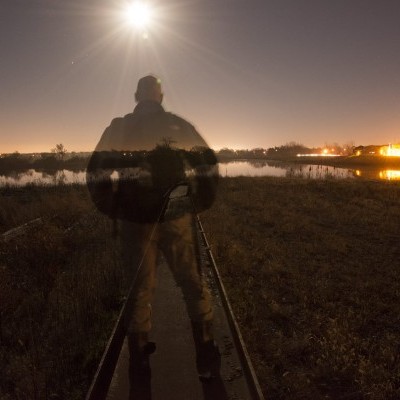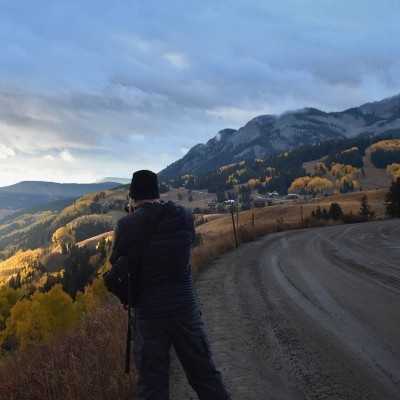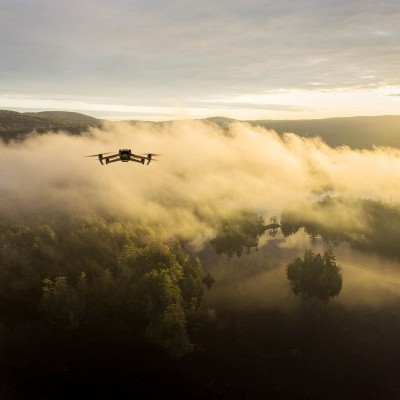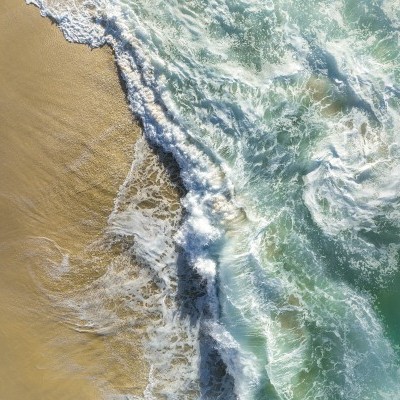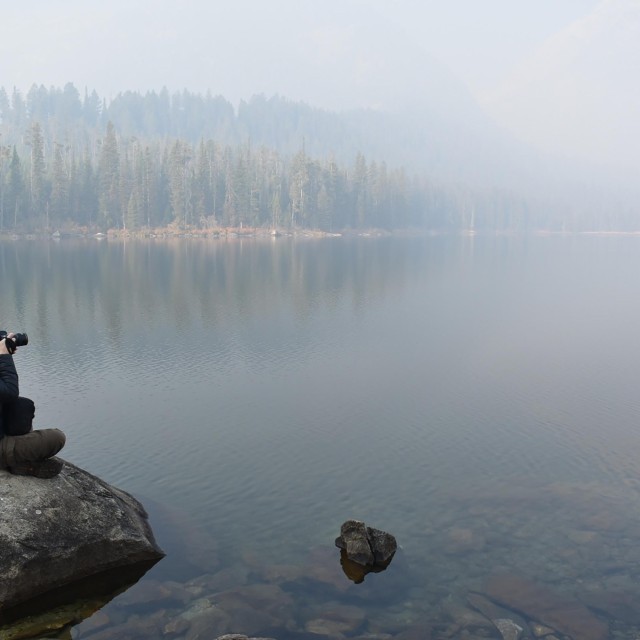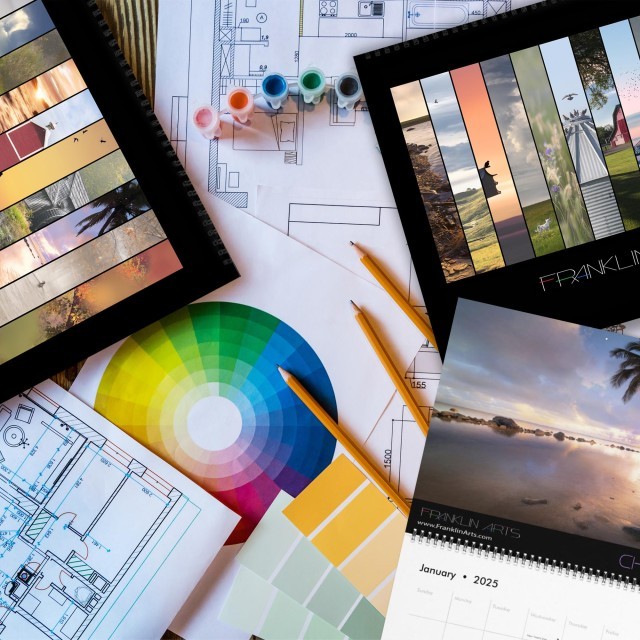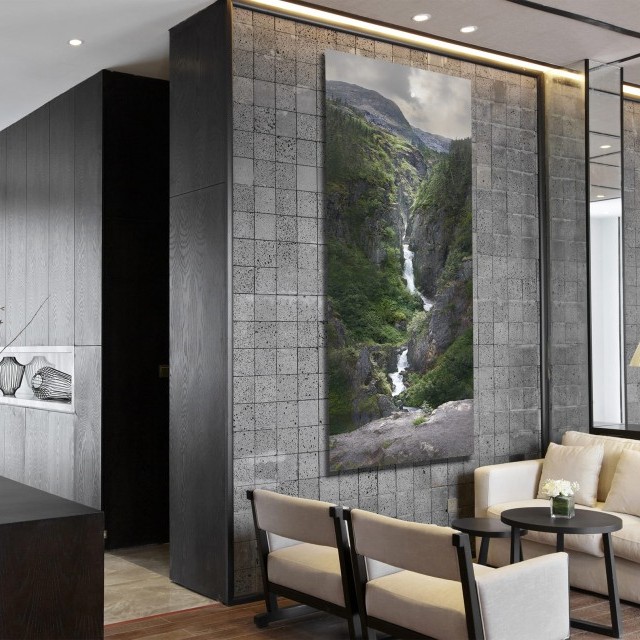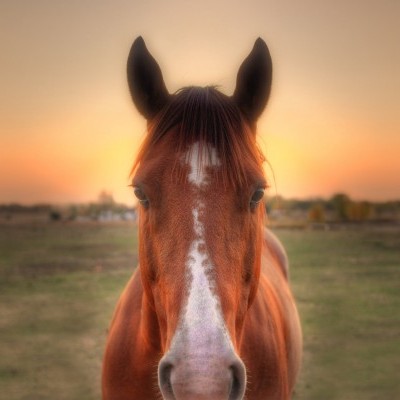
My camera is a paintbrush.
It is merely another tool I use to create art and undoubtedly the most important one.
It is precisely why I say I am an artist--not a photographer.
Almost two decades ago, I started creating abstract art by using my camera in an unconventional way. In fact, this approach to the camera is how Franklin Arts was born.
Later I would learn that while this method was unique, I was not the first to use it. In fact, a term was coined back in the 1960s calling this technique "Intentional Camera Movement" or "ICM." It continues to grow in popularity.
So what exactly is ICM?
In short, it's the intentional movement of the camera during a single exposure. It is the exact opposite of what you are supposed to do to capture a perfectly refined and focused picture---to hold the camera still (which is why a tripod is commonly a photographer's tool.)
Since the digital form of photography makes every single picture so cheap, it is easy to experiment in wild ways to see what the camera records. In real time, you can view what you are creating from moving the camera. It is quite exciting I must say.
Imagine that your camera is literally a brush you hold in your hand (securely--ha). You wave that brush across the landscape with your finger pressed on the button and the recorded pixels dance in ways you couldn't imagine.
You can swipe across or vertically, or even sway and twirl the camera in so many ways. This leads to a few fascinating results embedded among many terrible ones.
When I'm out in the field gathering images, I'm always mindful of what might be possible using ICM, so I'll often give it a try even if the results don't pan out.
Sometimes, though, they make the attempt look like a purposeful stroke of creative brilliance.
Here are some of my favorite ICM images over the past many years. I hope you enjoy them as much as I do creating them.
